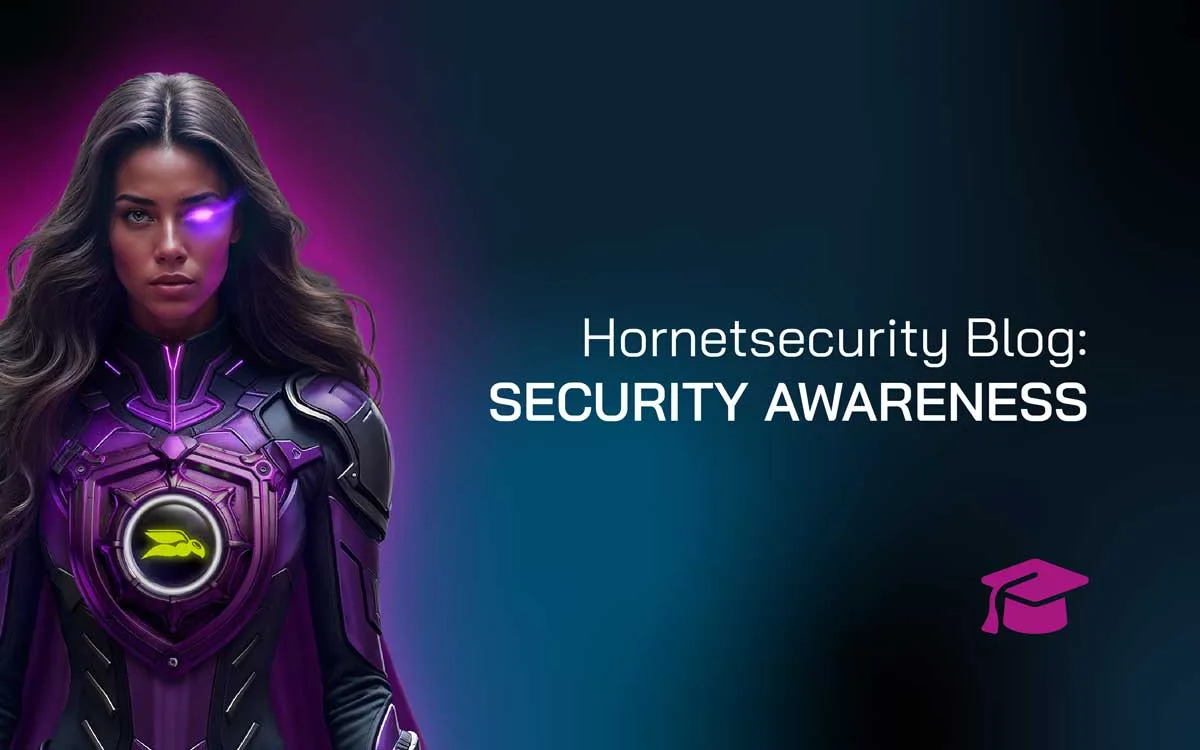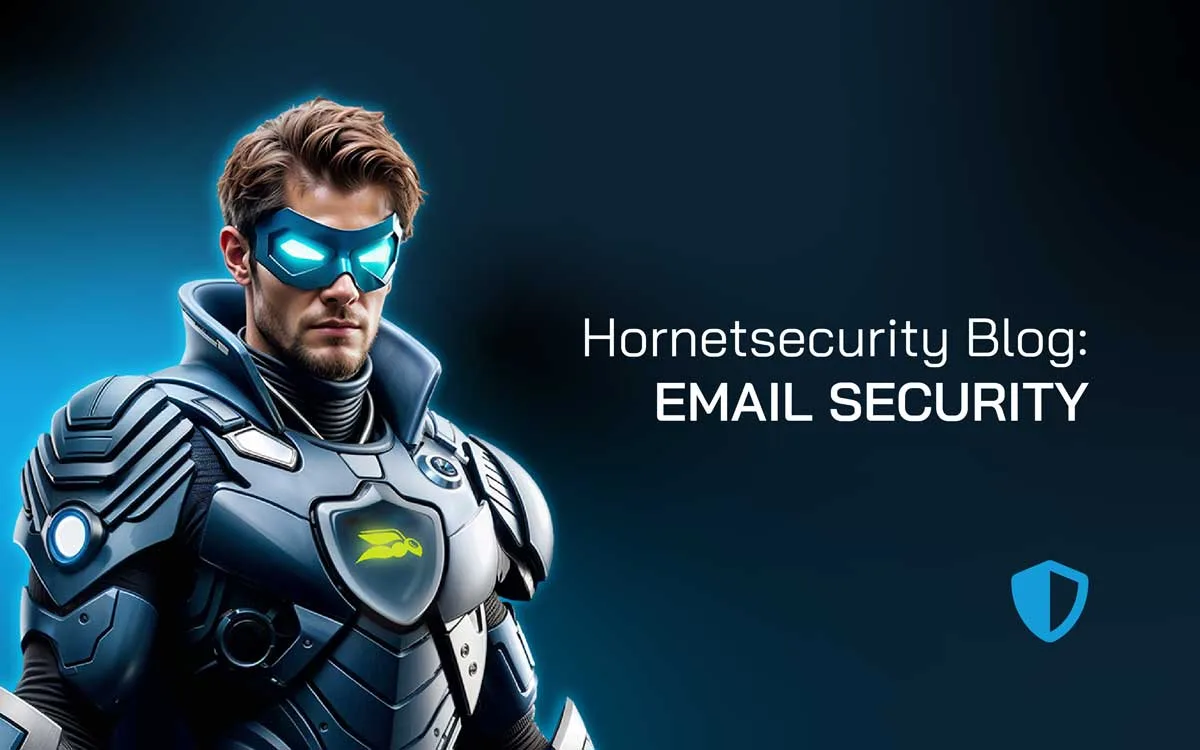

From Beach to Breach: How a Relaxed Mind Can Lead to Data Disasters
It’s that time of the year – summer, sun, relaxation and beach holidays and our hero Ben has just returned from not thinking about work for three weeks. Unfortunately, he’s not read this article full of post-holiday cybersecurity tips and he and his employer are about to have a bad day.
Criminals target their victims with the advanced skills of a psychologist, combined with a completely broken moral compass and thus they know your inbox will be overflowing with weeks’ worth of emails, and you’ll be relaxed and probably not as suspicious as you should be. They always use current events and seasonal shifts as part of their lures, to make them more likely to succeed.
The Beach Is Gone, but the Risks Are Real
Scenario: Ben has returned from his vacation
Ben’s sitting down with a cup of coffee, opening his laptop in the office for the first time in weeks, on his first day back from a holiday, staring at 565 unread emails. He’s aware that he’s got a meeting with his boss in a couple of hours, so he takes a deep breath and starts skimming, trying to quickly figure out if each email can be deleted, filed, answered quickly or flagged for later follow-up. One email is a project update with a link to a progress document, he clicks the link, signs in and downloads the Word file to look at later.
Five minutes before the meeting he’s feeling pretty good, having whittled down his inbox to 42 emails that require follow-up, which he’ll get to in the afternoon. Still in a holiday mood, he whistles a tune as he walks through the office to his boss’s office, when Jane stops him and shows him her screen. It has a skull and crossbones image and a message about files being encrypted and as he turns around, he sees that several other computers in the office show the same message. A terrible, sinking feeling in the pit of his stomach tells him that the project update document probably wasn’t what he thought it was.
What happened?
This fictitious scenario is unfortunately all too real. Behind the scenes, what actually happened was that login screen was hosted by criminals, designed to look like the real deal. When he entered his username and password they were passed on to the real sign in page, and the MFA code of two digits was shown to Ben as well (passed back from the real login page) and so he was signed in for real, but as the attackers were sitting in the middle of this, they also captured his username, password and MFA token.
Using these they signed up to the network as him, explored other systems that he has access to, finding other user accounts, and using those continued moving laterally through the network, until they compromised a software distribution server, that allowed them to deploy a ransomware tool to all connected servers and clients.
A quick smash and grab, and now the IT team must either recover everything from backup or pay the bad guys to (hopefully) get a key for decrypting all their data. They also need to evict the attackers from every system they compromised to make sure they don’t come back next week. At best this is weeks’ worth of work, with huge associated business interruption and cost.
Suffice to say, Ben’s holiday relaxation feeling and the meeting with his boss didn’t quite go as he expected.
What Could Have Stopped it? Smart, Real-Time Security Awareness
If only his organization had implemented a daily digital coach, that would have nudged him (and everyone else) with reminders to think before clicking. Hornetsecurity’s Security Awareness Service is just such a tool, reminding users with micro training sessions and simulated phishing emails, bringing them out off “switched off, operating on autopilot” to “politely paranoid” which for Ben would have raised the red flag – why is this document requiring a separate login?
Human error is still the biggest cyber vulnerability
It’s not just us saying this, 1000 Chief Information Security Officers (CISOs) were surveyed in 2024, and the global average of them that agree that human error is their organization’s biggest cyber vulnerability is 74%.
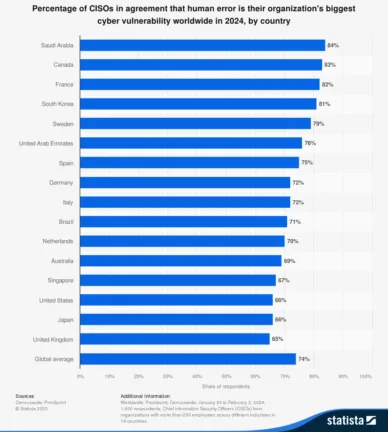
Foundationally, you need layers of protection, with a strong email hygiene solution that filters out spam, phishing and malware from ever reaching your user’s inboxes, and then regular, “in the moment” micro training and awareness building for the times when something slips through. And it’s not just email, there are many other ways your users are targeted: Teams / Slack, WhatsApp, phone and even video calls, so awareness across the board is required.
You think you wouldn’t fall for a scam? Troy Hunt, a widely known data breach expert, was recently successfully phished (when he was on holiday!), demonstrating that it can happen to anyone.
Some other post-holiday cybersecurity tips include remembering that many users will have forgotten their password and will contact the helpdesk to reset it – another popular avenue for attackers to use. Prepare your helpdesk, particularly if it’s an outsourced function as Marks & Spencer discovered.
Fundamentally, just like you have regular training and awareness campaigns for fire safety and evacuation of offices, cyber security and strengthening your “human firewalls” needs to be a regular activity. But an hour’s training every six months doesn’t cut it for scams – Security Awareness Service is like an invisible assistant that gives regular reminders and tests your user’s “trust level” with simulated messages. If the user is tricked and falls for it, they’re automatically scheduled for follow-up training, and if not, they’ll be sent a more surreptitious email next time.
Another post-holiday cybersecurity tip is providing your users with a form (like this quiz) to further test their post-holiday awareness level.
Train Smarter. Stay Safer – Even After Vacation
Post-vacation minds make easy targets. Hornetsecurity’s Security Awareness Service helps your team stay sharp with:
- Individually tailored real-time phishing simulations.
- Ongoing, microlearning-based behavior reinforcement.
- In-the-moment training prompts before risky clicks.
Empower your employees to be your strongest defense. Schedule a demo today and make awareness part of your everyday security strategy.
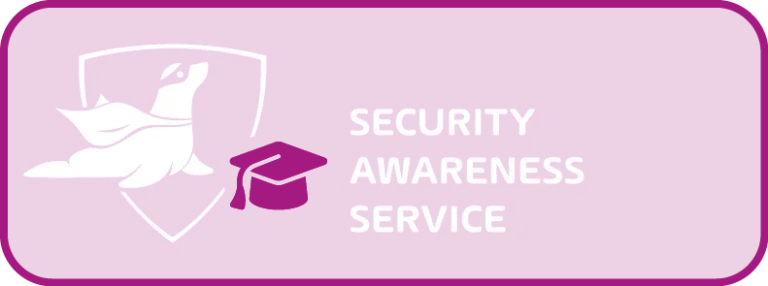
Don’t Let a Vacation Become a Vulnerability
Our final tip to prevent data breaches post-holiday season is to use our free checklist poster to raise awareness amongst users returning from a well-earned break.
Make sure to bring ongoing cybersecurity awareness training into your business, to build resiliency in your staff. And make it normal to be suspicious, asking follow-up questions and reporting messages rather than clicking links or opening files that look shady.
FAQ
Ben fell for a phishing scheme by clicking a malicious link disguised as a project update, compromising his credentials, which allowed attackers to deploy ransomware across the network.
Implementing a daily digital coach, like Hornetsecurity’s Security Awareness Service, offers reminders, micro training, and simulated phishing emails to keep users vigilant and aware before clicking.
74% of surveyed CISOs believe human error is their organization’s most significant cyber vulnerability, highlighting the need for ongoing training and awareness in cybersecurity practices.
